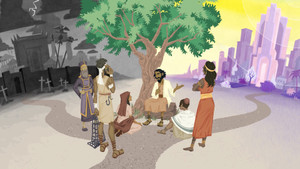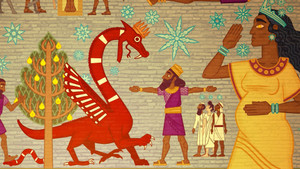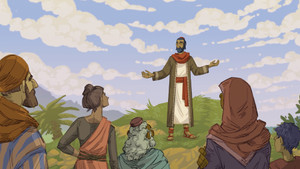
5:21

In the New Testament, there are 21 letters written by early Christian leaders to communities of Jesus' followers in the ancient Roman world. These letters are rich with theology and guidance for what it means to be a community of Jesus followers. But it can be easy to miss the meaning of these letters when we don't consider their context. In this video, we break down the historical context of the New Testament letters.

Episode 18

Episode 1

Episode 2

Episode 3

Episode 4

Episode 5

Episode 6

Episode 7

Episode 8

Episode 9

Episode 10

Episode 11

Episode 12

Episode 13

Episode 14

Episode 15

Episode 16

Episode 17

Episode 18

Episode 19